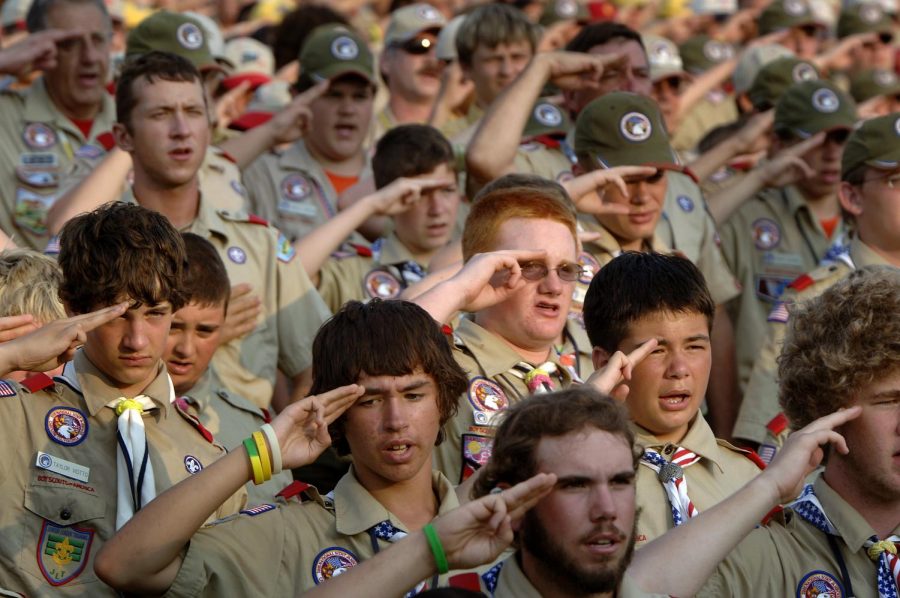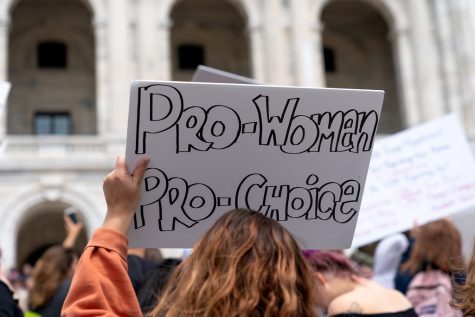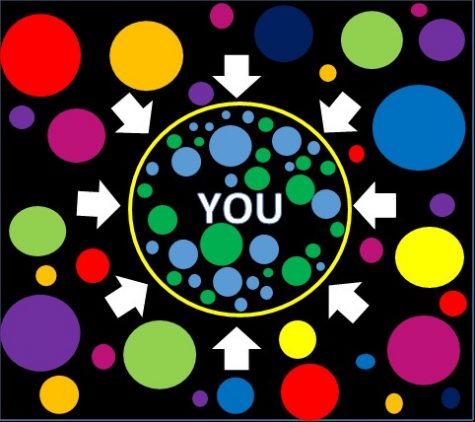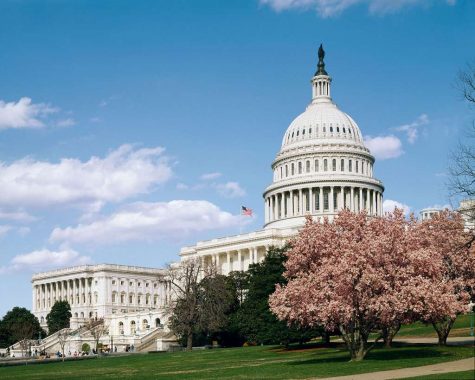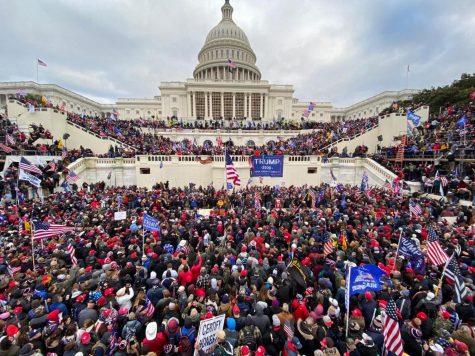Memo to the Boy Scouts: We girls don’t need you
Wikimedia Commons/Creative Commons license
The Boy Scouts of America announced in the fall that girls could join the organization.
Since 2012, the United Nations has recognized each Oct. 11 as International Day of the Girl. During last year’s celebration, the Boy Scouts of America announced that it would allow girls to join its organization.
While the group’s choice has been celebrated by many for fair opportunity, the truth is that it was purely a political move in the organization’s interest rather than the girls’.
Some people affiliated with Girls Scouts of the USA responded negatively to the Boy Scouts’ decision — and it isn’t the first time they’ve had disagreements. CNN reports that during the 1920s, the Girl Scouts was sued by the Boy Scouts over the name “scout,” claiming the word was masculine and should not be used for the girl’s organization. Later, in 1997, the family of Katrina Yeaw sued the boy’s organization for discrimination after she was rejected from joining but they lost the case.
What’s changed in the past 20 years?
Membership numbers.
CNN also reports that Boy Scouts membership dropped from 2.8 to 2.3 million between 2012 and 2016, and membership has had a steady decline from a peak of 5.6 million members in 1972. The Girl Scouts have held a steady count of 2.6 million members in recent years, according to the group’s website.
Girl Scouts President Kathy Hopinkah Hannan wrote a letter in August to Boy Scouts President Randall Stephenson. It was obtained and published by Buzzfeed News and it quoted Ms. Hannan as saying that she believed the announcement was purely an effort to boost membership, saying that it was to “surreptitiously [test] the appeal of a girls’ offering to millennial parents.”
A quick history lesson might be in order to understand the upset surrounding the changes.
Beginning in England in 1908, scouting spread to the United States, becoming the Boy Scouts of America, established in 1910 by Robert Baden-Powell. Two years later, inspired by Mr. Baden-Powell, Juliette Gordon Lowe established the Girl Scouts of America.

Membership in the Girl Scouts has remained steady, while the Boy Scouts has experienced gradual decline.
The two organizations had similar motives at first: to provide leadership opportunities, community service projects, and practical skills for their members. They later began to hold different stances on social issues, creating an even larger gap between the organizations.
Girl Scouts of the USA released a statement the same day of the Boy Scouts’ announcement stating that “The need for female leadership has never been clearer or more urgent than it is today — and only Girl Scouts has the expertise to give girls and young women the tools they need for success.”
So what can the Boy Scouts give girls that Girl Scouts cannot?
Perhaps the Eagle Scout?
The Eagle Scout, the highest rank in scouting, is a widely known and prestigious award given to boys (and soon, girls) who earn 21 merit badges, demonstrate leadership, and perform a project that benefits their community, school, or a religious program.
It is less known, however, that the Girl Scouts have an equivalent — the Gold Award, an 80-hour sustainable service project designed by the scout herself that benefits a community and perhaps extends beyond it.
Both awards are earned by less than six percent of eligible scouts, according to their respective websites, and both allow scouts to grow as leaders and members of their communities, yet the Eagle Scout is much better known. The Girl Scouts aren’t missing out on an opportunity — the public is just ignoring its equivalent honor.
Since their founding, the Boy Scouts and the Girl Scouts have held different morals and aspirations for their scouts. Girls belong in the organization that supports them for who they are, and that is not the Boy Scouts.

Emma is a senior, returning to The AMSA Voice this year as editor in chief. At AMSA, she is involved in various clubs and organizations, such as AMSA JCL,...

